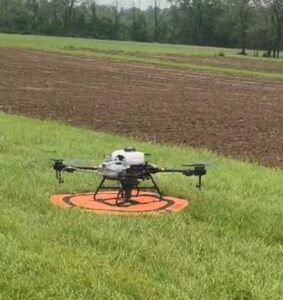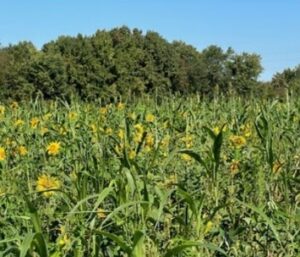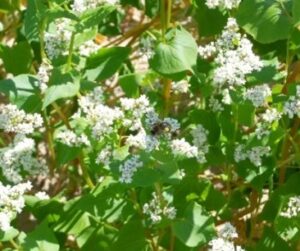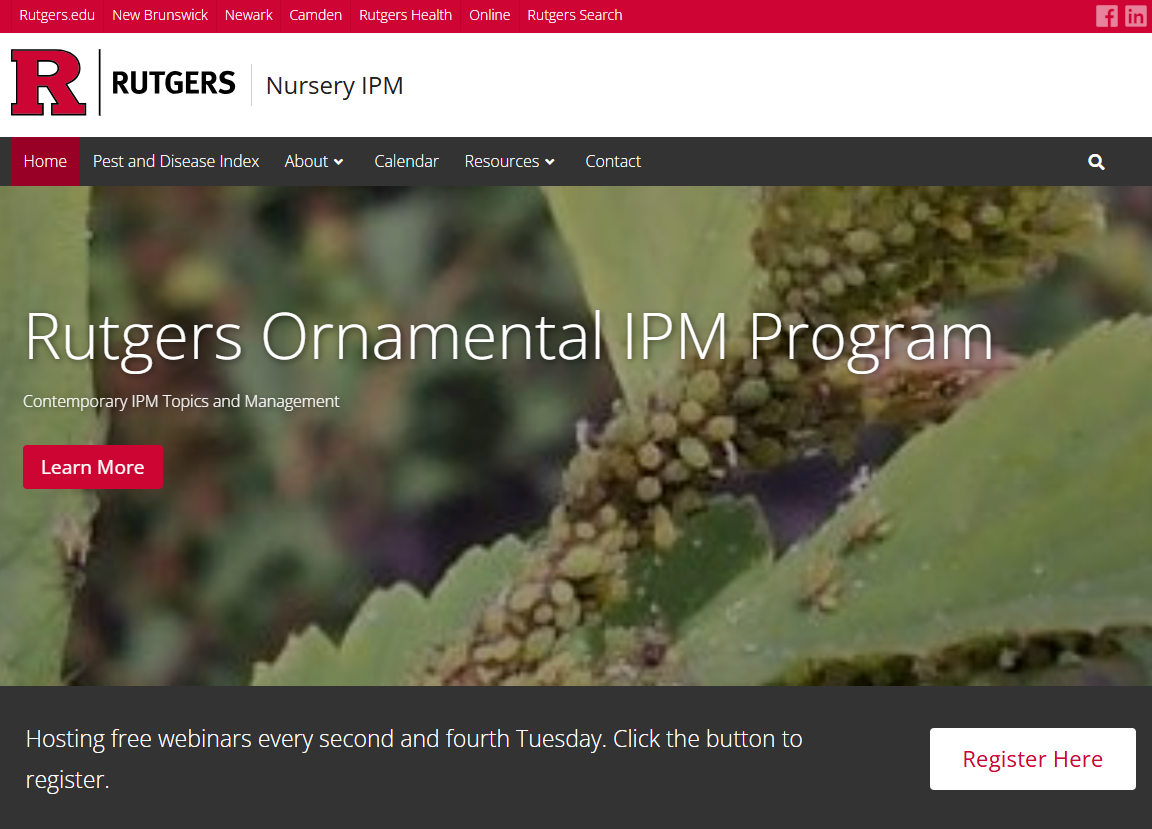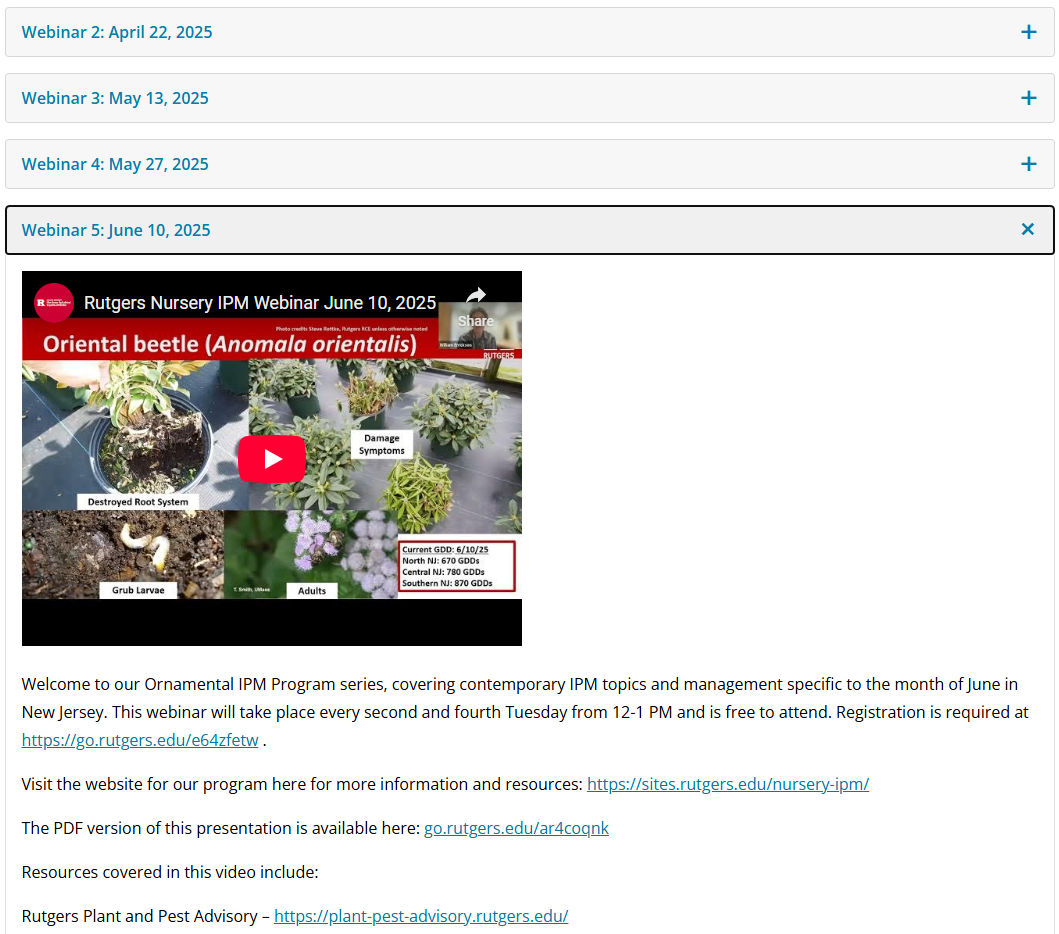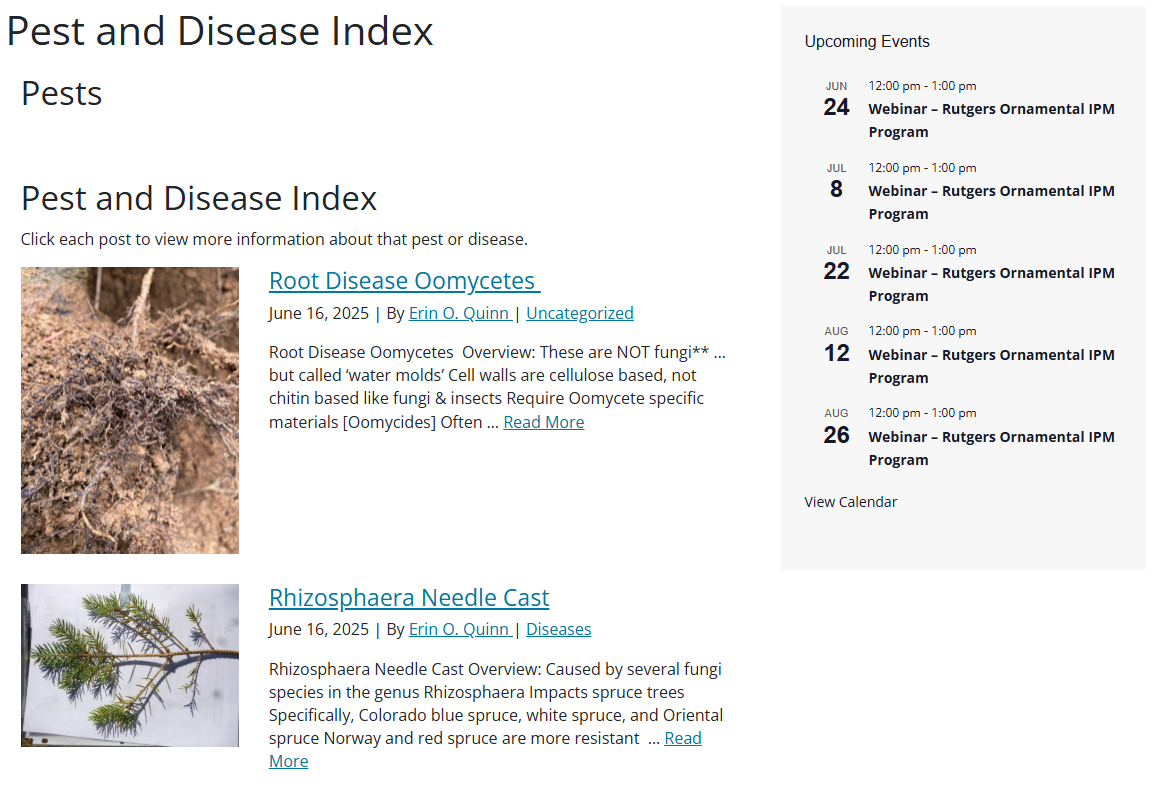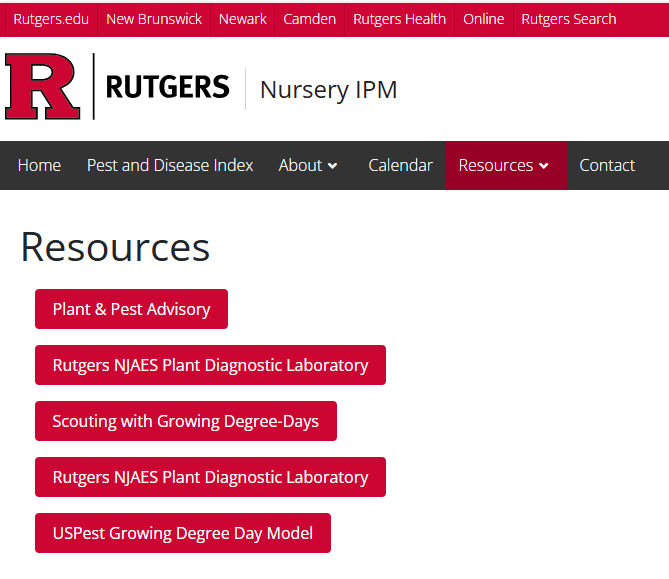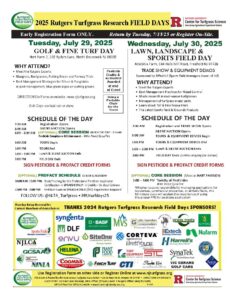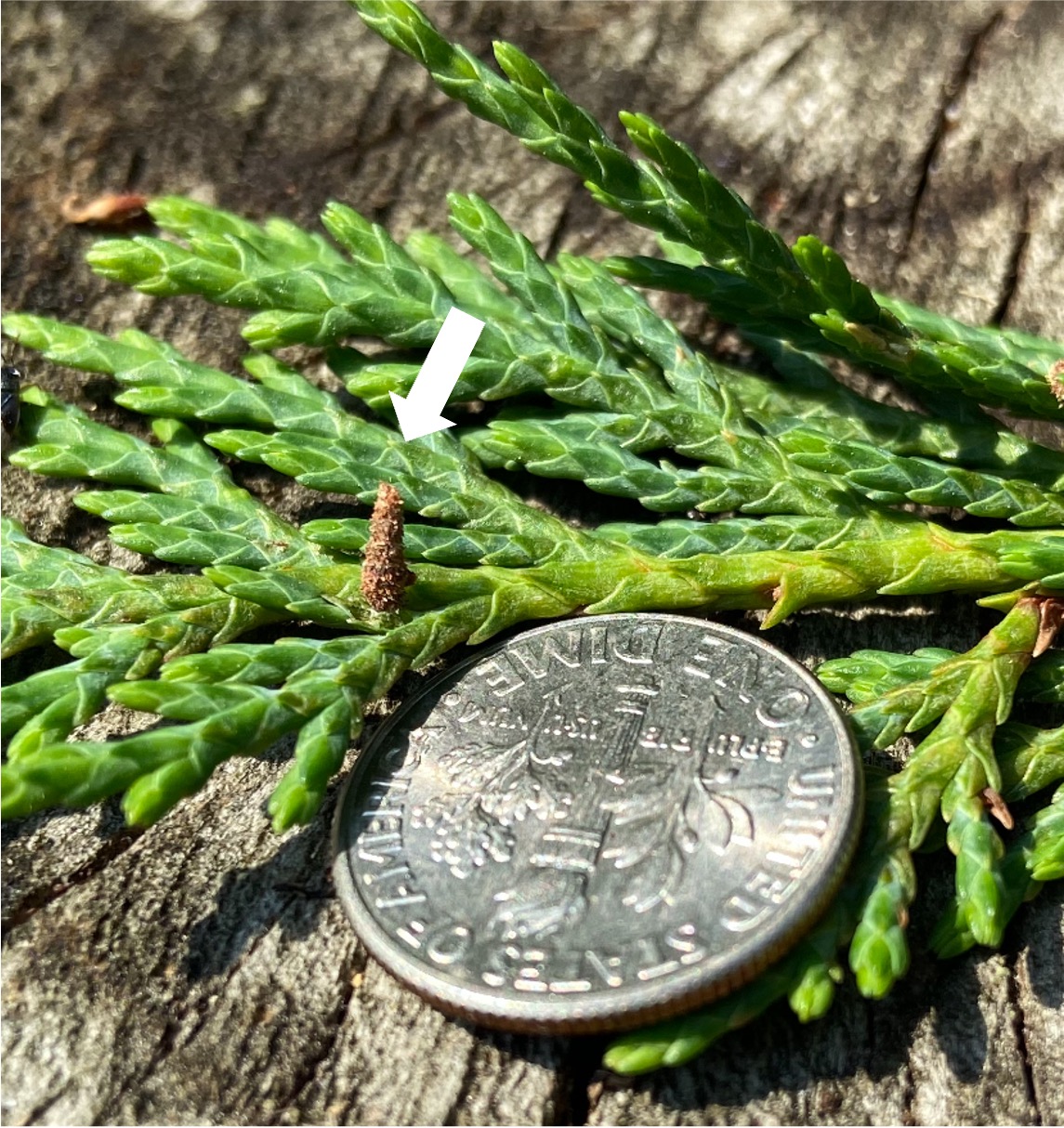Box tree moth has been detected in MD and VA.
Additionally quarantines have been expanded (7/21/25) in counties of Michigan and Ohio: Click here for: APHIS Expands Box Tree Moth (Cydalima perspectalis) Quarantines in Michigan and Ohio (July 2025)
Click here for: Maryland BTM confirmed in Washington Co., MD.
Click here for: Virginia BTM confirmed at four sites in Clarke and Loudoun Counties, Va.
Efforts are being made to eradicate the pests at these locations & no additional quarantine information is available at this time. More information to follow.
Box Tree Moth – Resources:
- Pictorial: Common Boxwood Pests and Diseases (click-here)
- Video: Click here for- “Demystifying Box Tree Moth” – HRI
- Factsheet: Box Tree Moth: Fact Sheet, Management & Visual Guide
- OSU Guide: What to look for with Box Tree (Boxwood) Moth
- USDA-APHIS Box Tree Moth : APHIS BTM Landing page
- Compliance agreement and information: National Plant Board – Box Tree Moth
- HRI VIDEO – “Box Tree Moth Compliance Agreement Explained”
Still time to Sign up for the 2025 – Rutgers Ornamental IPM Program
(Join us for the next Session Tuesday 8/12/25 – Rutgers Plant Diagnostic Lab – Rich Buckley (Guest Speaker))
Previous webinars:
- Click here for a PDF of July 22, 2025 webinar
- Click here for VIDEO of July 22, 2025 webinar
- Click here for a PDF of July 8, 2025 webinar
- Click here for VIDEO of July 8, 2025 webinar
- Click here for a PDF of June 24, 2025 webinar
- Click here for VIDEO of June 24, 2025 webinar
- Click here for a PDF of June 10, 2025 webinar
- Click here for VIDEO of June 10, 2025 webinar
- Click here for a PDF of May 27, 2025 webinar
- Click here for VIDEO of May 27, 2025 webinar
- Click here for a PDF of May 13, 2025 webinar
- Click here for VIDEO of May 13, 2025 webinar
- Click here for a PDF of April 22, 2025 webinar
- Click here for VIDEO of April 22, 2025 webinar
- Click here for a PDF of April 08, 2025 webinar
- Click here for VIDEO of April 08, 2025 webinar
Please visit our new –Rutgers Ornamental IPM Program Website
